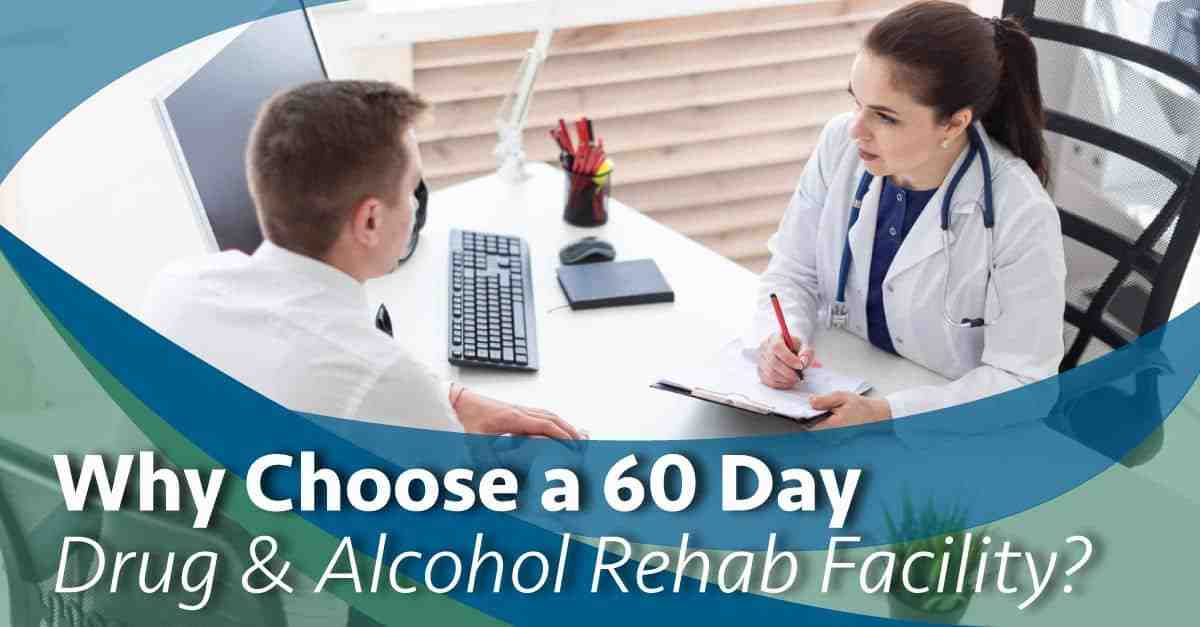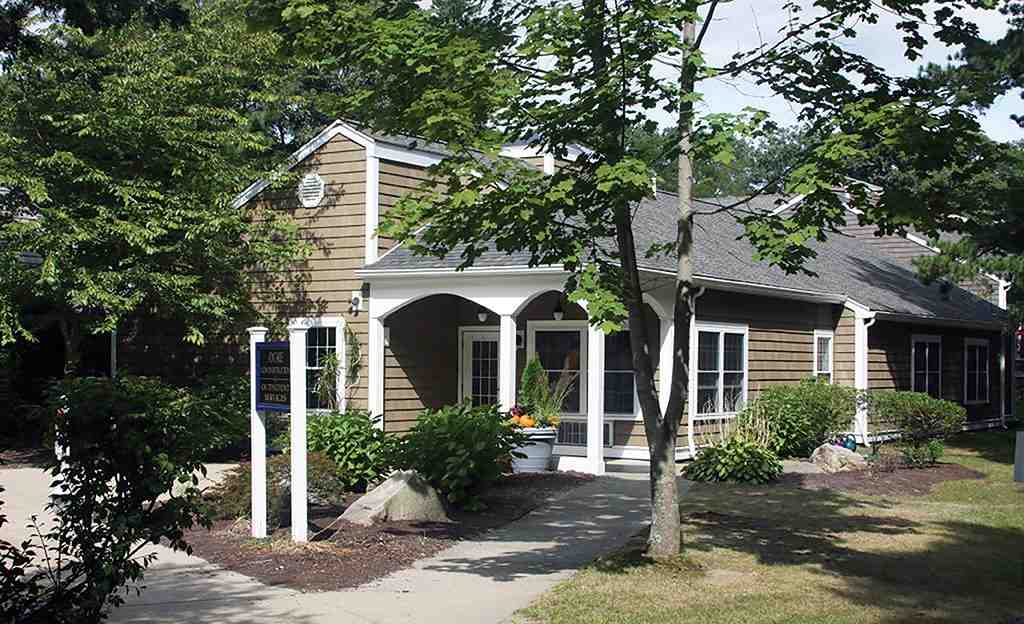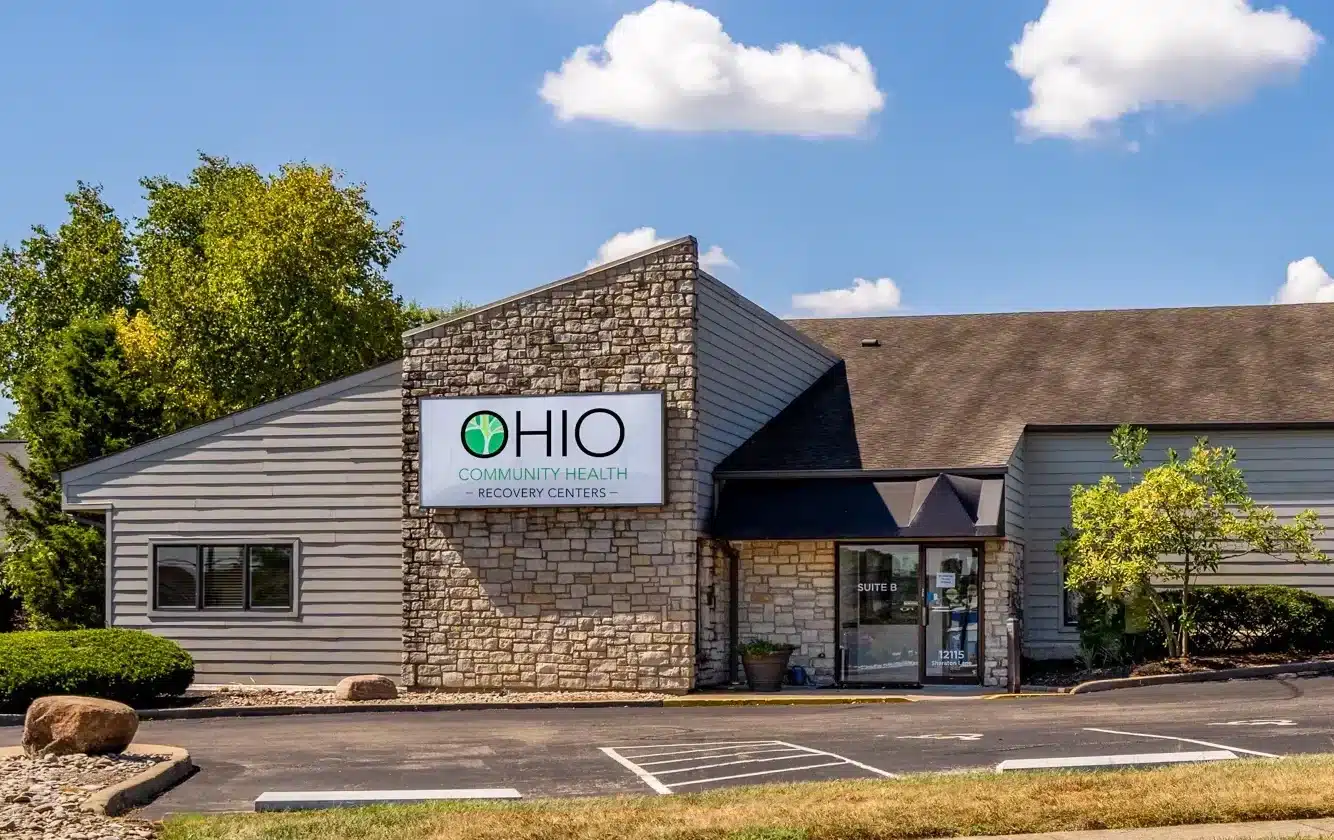
Why Finding the Right Rehab Center in Ohio Could Save Your Life
Rehab centers Ohio offer a lifeline for individuals and families struggling with addiction. If you’re seeking help, here’s what you need to know about finding the right care in the Buckeye State.
Quick Answer: Top Considerations for Ohio Rehab Centers
- Accreditation & Quality: Look for Joint Commission or CARF certification.
- Cost & Insurance: The average total cost is $56,623, but most facilities accept major insurance, Medicaid, and Medicare. Inpatient care averages $629.87/day, while outpatient is $56.83/day.
- Specialized Care: Many of Ohio’s 589+ treatment centers offer programs for veterans, LGBTQ+ individuals, and professionals, as well as dual diagnosis treatment for co-occurring mental health conditions.
Ohio faces a significant addiction crisis, with over 5,200 overdose deaths in 2021 and nearly 1.9 million residents struggling with a substance use disorder. The good news is that help is available. The state’s robust network of facilities offers a full range of care, from medical detox and inpatient programs to outpatient services and medication-assisted treatment (MAT).
This guide will help you understand your options, evaluate Ohio rehab centers, steer costs, and know what to expect during treatment. At Addiction Helpline America, we’ve seen how the right facility can lead to lasting recovery. We’re here to help you find it.

Rehab centers Ohio definitions:
- how to find a good rehab center
- Drug treatment options
- how to find rehab programs that accept insurance
Understanding the Landscape of Addiction Treatment in Ohio
Taking the first step toward recovery requires courage. Ohio has a strong network of addiction treatment services to meet you where you are. Let’s review when it’s time to seek help and what options are available.
Signs It’s Time to Seek Help
Addiction can be hard to recognize in yourself. If substance use is causing negative consequences in your life, it’s time to reach out. Key signs include:
- Behavioral Changes: Secrecy, lying, losing interest in hobbies, and neglecting responsibilities at work, school, or home.
- Health Problems: Unexplained weight changes, constant fatigue, poor sleep, and experiencing withdrawal symptoms like shakiness or nausea when you stop using.
- Psychological Issues: Increased anxiety, depression, mood swings, or irritability that often worsen with substance use.
- Relationship & Financial Strain: Frequent arguments with loved ones, loss of trust, and unexplained financial problems or debt.
If this sounds familiar, know that you’re not alone. Rehab centers Ohio has throughout the state are ready to help without judgment. You can explore options now through our network of Ohio Rehab Centers.
Types of Addiction Treatment Services Available
Rehab centers Ohio offers are not one-size-fits-all. A full continuum of care is available to support you at every stage of recovery.
- Medical Detoxification: A medically supervised process to safely manage withdrawal symptoms. This is a critical first step, especially for alcohol and benzodiazepine dependence, as withdrawal can be dangerous.
- Inpatient or Residential Programs: You live at the facility for 30, 60, or 90 days, receiving 24/7 support and therapy. This structured environment is ideal for those needing intensive care away from daily triggers.
- Outpatient Programs: These programs offer flexibility for those who need to maintain work or family commitments. Partial Hospitalization Programs (PHP) involve several hours of treatment daily, while Intensive Outpatient Programs (IOP) require fewer hours per week.
- Medication-Assisted Treatment (MAT): Combines FDA-approved medications with counseling to treat opioid and alcohol use disorders. MAT helps manage cravings, giving you the stability to focus on therapy.
- Aftercare and Sober Living: Recovery is a lifelong journey. Aftercare includes ongoing counseling, support groups (like AA or NA), and relapse prevention planning. Sober living homes provide a supportive, substance-free environment as you transition back to independent life.

Your treatment plan can evolve with your needs, moving between different levels of care to provide the right support at the right time.
How to Choose from the Top Rehab Centers in Ohio
Finding the right facility is the most important decision on your recovery journey. The best center is the one that matches your specific needs. A young adult with an opioid addiction has different needs than a veteran with PTSD and alcohol use disorder. This section will help you ask the right questions to make a confident choice.
Key Factors for Evaluating Ohio Rehab Centers
Look beyond fancy websites to what truly makes treatment effective.
- Accreditation: This is your first checkpoint. Certifications from the Joint Commission or CARF indicate a facility meets high standards for safety and quality care. It’s smart to ask for and verify a center’s accreditation.
- Staff Credentials: The people guiding your recovery are crucial. Look for licensed medical doctors, nurses, and therapists with credentials like LCDC or CDCA. Staff with personal recovery experience can also offer invaluable empathy.
- Treatment Philosophy: Effective programs blend evidence-based therapies (like CBT and DBT) with holistic methods (like yoga, art therapy, and nutrition counseling) to treat the whole person.
- Location and Environment: Decide if you need to be close to home for family support or if distance from triggers would be more beneficial. Ohio offers both urban centers and serene, rural campuses.
Before committing, ask an admissions counselor these key questions:
- What are your accreditations and staff qualifications?
- What therapies and holistic activities do you offer?
- How do you create individualized treatment plans and address dual diagnosis?
- What is the typical length of stay and your policy on family involvement?
- What aftercare support do you provide?
- Can you provide a full breakdown of costs and accepted insurance?
Specialized Programs for Unique Needs
Many rehab centers Ohio has developed recognize that one-size-fits-all treatment fails. Specialized programs address the unique challenges of different populations.
- First Responders & Professionals: These programs provide a discreet, safe space to address job-related trauma and high-stress environments.
- Veterans: Care that respects military culture and addresses service-related issues like PTSD alongside addiction.
- LGBTQ+ Affirming: Treatment that provides a safe, celebratory environment where individuals can be their authentic selves while healing from unique stressors like discrimination and family rejection.
- Gender-Specific: Male-only or female-only programs allow for deeper exploration of issues related to gender, societal pressures, and trauma in a comfortable setting.
For more information on specialized support, explore resources like Greenwell Family Services.
The Importance of Dual Diagnosis Treatment
Addiction rarely travels alone. It often co-occurs with depression, anxiety, PTSD, or other mental health conditions. The National Institute of Mental Health reports that approximately 50% of people with SUD have a dual diagnosis. Treating the addiction while ignoring the underlying mental health issue is like bailing water from a boat without patching the hole.
Integrated care is critical. The most effective rehab centers Ohio offers treat addiction and mental health conditions simultaneously. This coordinated approach, often including trauma-informed care, addresses the root causes of substance use. By learning to manage difficult emotions and process trauma in a safe environment, you can build healthier coping mechanisms and a life worth staying sober for.
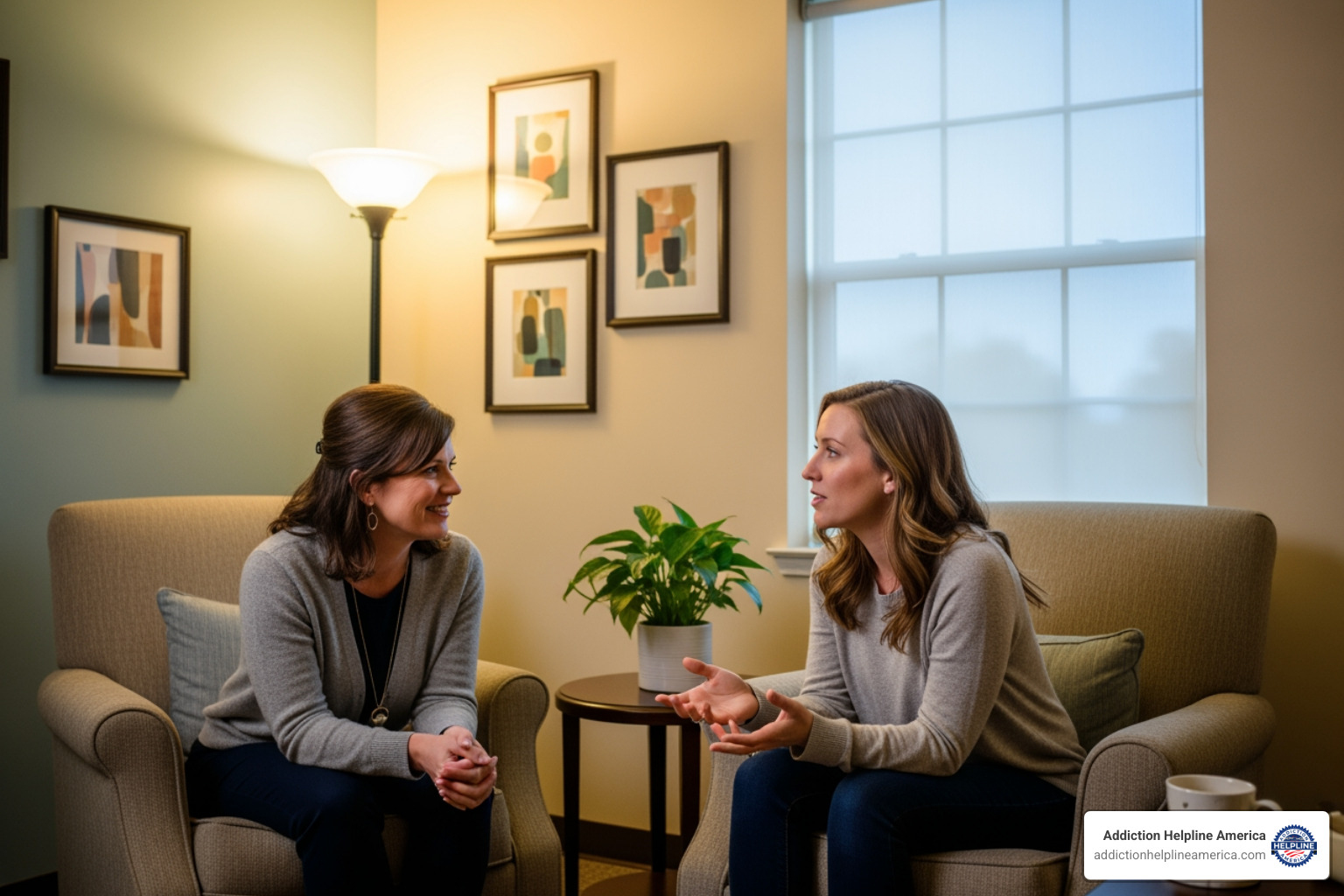
Navigating the Cost of Rehab in Ohio
Understanding the cost of treatment is a practical step in making a plan for recovery. The good news is that cost should not be a barrier to getting help. Ohio provides many ways to make treatment accessible, regardless of your financial situation.
Average Cost of Addiction Treatment
Costs for rehab centers Ohio vary based on the program type, duration, and services needed. While the average total cost for treatment is around $56,623, most people do not pay this full amount out-of-pocket.
On average, inpatient rehab costs about $629.87 per day, while outpatient programs are roughly $56.83 per day without insurance. A 30-day residential stay might be around $18,900, whereas a 90-day program could be closer to $56,700. Factors like the level of medical care, program length, and facility amenities influence the final price. These are sticker prices; your actual cost will likely be much lower with insurance or other assistance.
Payment and Insurance Options for Rehab Centers Ohio
Most people have several ways to pay for treatment, and rehab admissions staff are there to help you steer your options.
- Private Health Insurance: Thanks to the Affordable Care Act, most private insurance plans (including Anthem, Aetna, Cigna, and United Healthcare) cover addiction treatment as an essential health benefit.
- Ohio Medicaid & Medicare: These government programs provide crucial coverage for eligible low-income residents, seniors, and individuals with certain disabilities, ensuring access to quality care.
- Self-Pay and Financing: For those without insurance, many centers offer payment plans or work with third-party financing companies to make the cost more manageable.
The first and most important step is to verify your insurance benefits. Most rehab centers Ohio offer this as a free, confidential service. An admissions counselor will contact your provider to determine your exact coverage, including deductibles and co-pays. This simple step removes financial uncertainty and helps you plan effectively.
At Addiction Helpline America, we can help you verify your insurance for free. We’re here to help you find a program that fits your recovery needs and your budget.
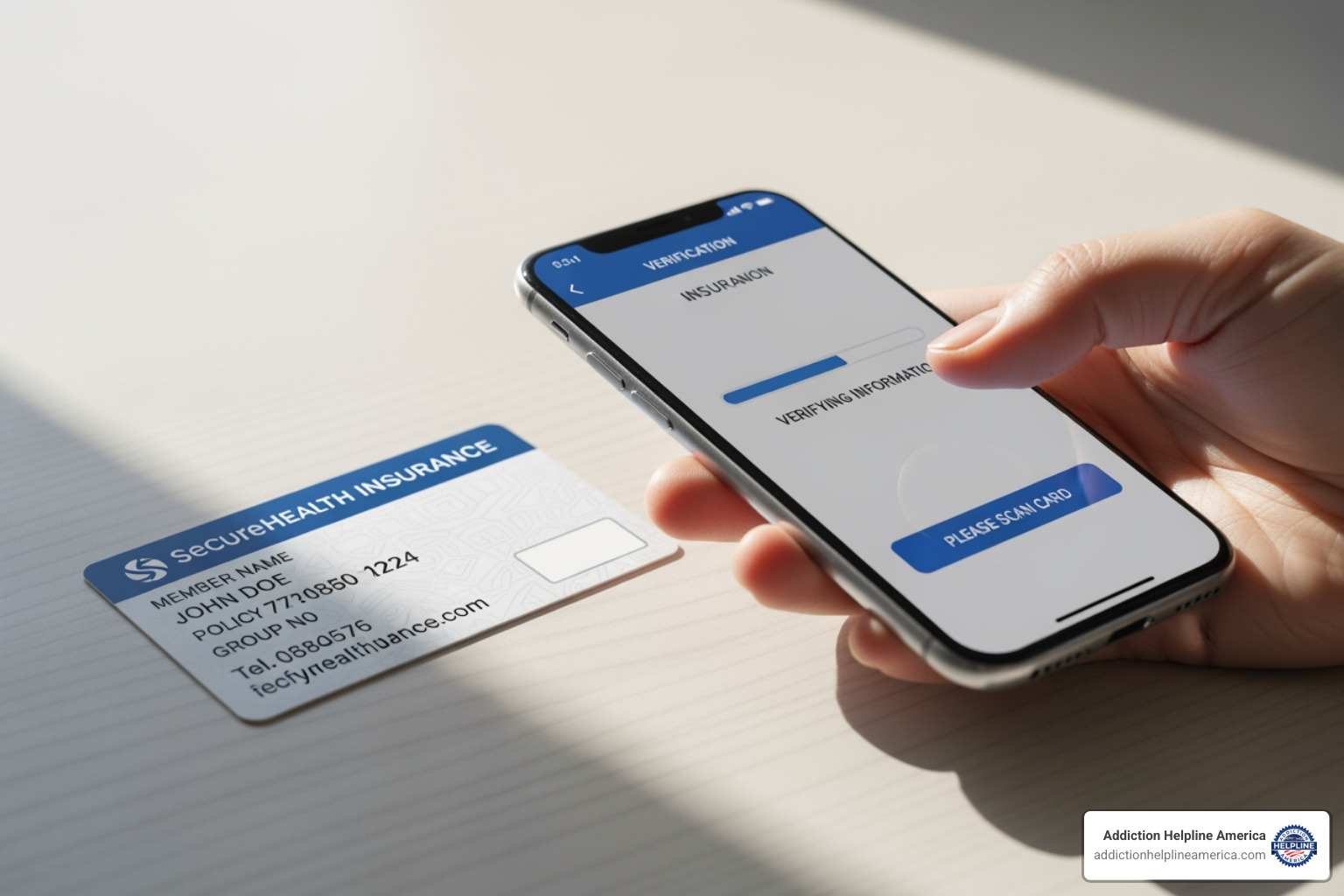
What to Expect: A Look Inside Ohio Treatment Facilities
Walking into a rehab center for the first time can be intimidating. Knowing what to expect can ease your concerns. Rehab centers Ohio are designed as safe havens where healing happens through proven therapies, compassionate care, and a supportive community.
Common Therapies and Treatment Modalities
The best facilities use a blend of therapies customized to your needs.
- Individual Therapy: One-on-one sessions provide a private space to explore the root causes of addiction, identify triggers, and build coping skills.
- Group Therapy: Connecting with peers who understand your struggle creates a powerful support system, helping you improve communication and learn from others.
- Family Counseling: Addiction affects the whole family. These sessions help repair relationships and educate loved ones on how to support your recovery.
- Evidence-Based Therapies: Cognitive Behavioral Therapy (CBT) helps change negative thought patterns, while Dialectical Behavior Therapy (DBT) teaches skills for emotional regulation and distress tolerance.
- Holistic Activities: Many centers incorporate yoga, art therapy, meditation, and nutrition counseling to heal the mind, body, and spirit.
For more on specific therapeutic approaches, you can explore resources like More info about Adolescent Substance Abuse Programs ASAP Cincinnati OH.
Amenities and Facilities
A comfortable environment helps you feel safe enough to do the difficult work of recovery. Most rehab centers Ohio offer home-like living spaces, nutritious meals prepared by chefs, and fitness or recreational areas. Some facilities are set on serene, spacious campuses with walking trails and natural scenery, while others may offer amenities like on-site salons. The goal is to create a calm, inspiring environment that promotes healing and reminds you that you are worthy of care.
The Role of Aftercare and Alumni Support
Completing a rehab program is the beginning of your recovery journey, not the end. Robust aftercare is key to long-term success.
- Relapse Prevention Planning: Before you leave, you’ll create a personalized plan to identify triggers, manage cravings, and build a strong support network.
- Sober Living Homes: These structured, substance-free residences offer a supportive bridge between inpatient care and independent living. You can find options like Sober Living North Avondale Mens House Cincinnati OH.
- Alumni Support & Ongoing Counseling: Many centers have vibrant alumni networks for peer mentorship and social connection. Continued counseling helps you steer life’s challenges in recovery.
- Community Resources: Peer-led groups like Alcoholics Anonymous (AA), Narcotics Anonymous (NA), and SMART Recovery provide a lifelong framework for sobriety and fellowship.
Recovery is possible with the right combination of quality treatment and ongoing support.
Frequently Asked Questions about Rehab Centers Ohio
Seeking help for addiction brings up many questions. Here are straightforward answers to some of the most common concerns about rehab centers Ohio.
How do I get a loved one into rehab if they refuse?
While you can’t force an adult into treatment, you can take steps to encourage them. Start with compassionate communication, expressing concern from a place of love, not judgment. If that doesn’t work, a professional interventionist can facilitate a structured conversation. It’s also crucial to set healthy boundaries by refusing to enable the addiction (e.g., giving money or making excuses). In extreme cases, Ohio’s Casey’s Law allows family to petition a court for involuntary treatment if the person is a danger to themselves or others. Your actions can create an environment where your loved one is more likely to choose recovery.
Will I lose my job if I go to rehab in Ohio?
Fear of losing your job should not stop you from getting help. Federal laws offer strong protections. The Americans with Disabilities Act (ADA) protects you from being fired for seeking treatment for addiction, which is recognized as a medical condition. The Family and Medical Leave Act (FMLA) allows eligible employees to take up to 12 weeks of unpaid, job-protected leave for treatment. Your privacy is also protected by HIPAA. We recommend speaking with your HR department to understand your company’s policies and how these protections apply to you.
How do I start the admissions process and verify my insurance?
We’ve made the process as simple as possible. Here’s how it works:
- Confidential Phone Call: It all starts with a free, confidential call to a treatment center or a helpline like ours. We’ll listen to your story and answer your initial questions.
- Pre-Assessment: A coordinator will ask about your substance use, medical history, and mental health to match you with the right level of care.
- Insurance Verification: We offer free, confidential insurance verification. Provide your policy information, and we’ll contact your provider to determine your exact coverage and out-of-pocket costs. You’ll have clear financial answers before making any commitment.
To speed up the process, have your photo ID and insurance card ready when you call. But if you don’t have them, call anyway. We can often arrange admission within 24 hours because we know that when you’re ready, help can’t wait.
Your Path to Recovery Starts Today
The decision to seek help is the most courageous step toward a healthier life. We know it can feel overwhelming, but we want you to know with certainty: recovery is possible, and you don’t have to do it alone.
Ohio offers a wide range of quality treatment options, from medical detox to specialized programs and robust aftercare. With flexible payment options and legal protections for your job, the barriers to treatment are lower than you might think. By considering factors like accreditation, treatment philosophy, and your unique needs, you can find a center that provides a strong foundation for lasting sobriety.
At Addiction Helpline America, we provide free, confidential, and personalized guidance. Our role is to listen to your story and connect you with trusted Ohio facilities that are the right fit for you. We don’t believe in one-size-fits-all solutions—we believe in finding your path.
Take the First Step
Hope is not just a word; it’s a reality we see every day. The right treatment center can make all the difference. Don’t let fear or uncertainty hold you back any longer. Our team is here right now, ready to walk with you through this process.
Your new beginning is waiting. Your path starts today.
Our helpline is 100%
free & confidential
If you or someone you care about is struggling with drug or alcohol addiction, we can help you explore your recovery options. Don’t face this challenge alone—seek support from us.
Programs
Resources
Will my insurance
cover addiction
treatment?
We're ready to help
Find the best
drug or alcohol treatment
center
Are you or a loved one struggling with addiction? Call today to speak to a treatment expert.

